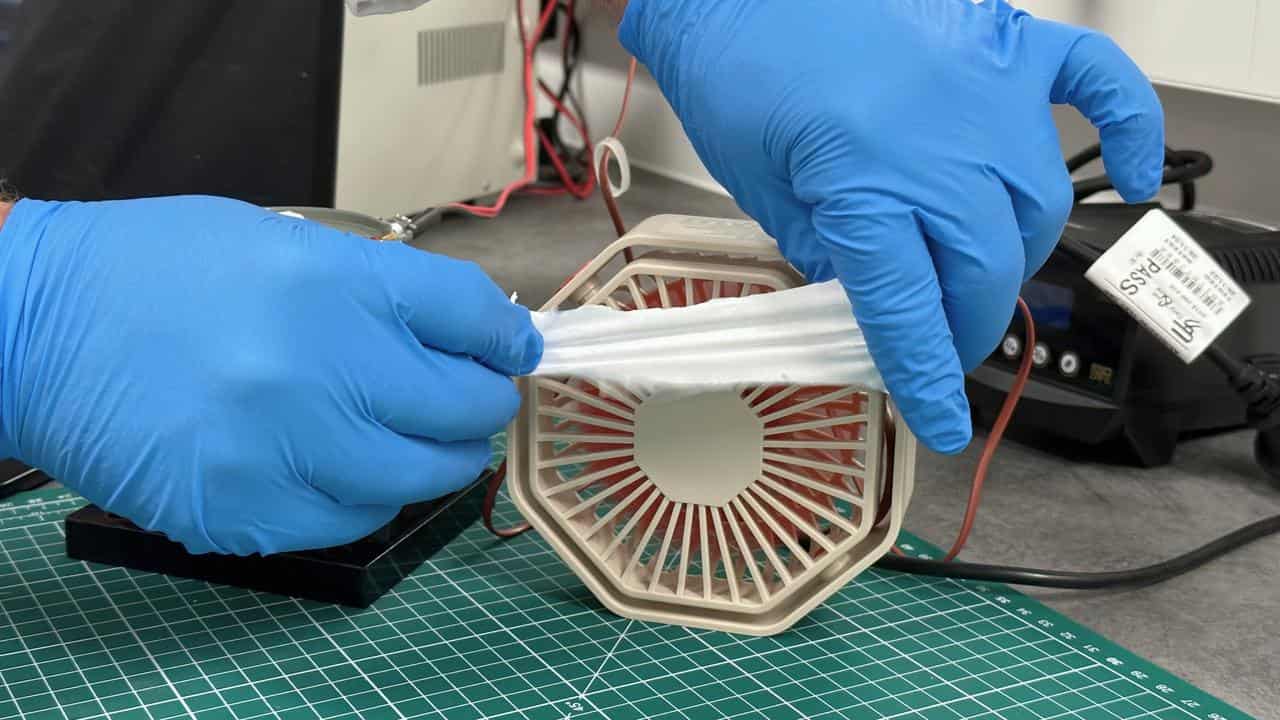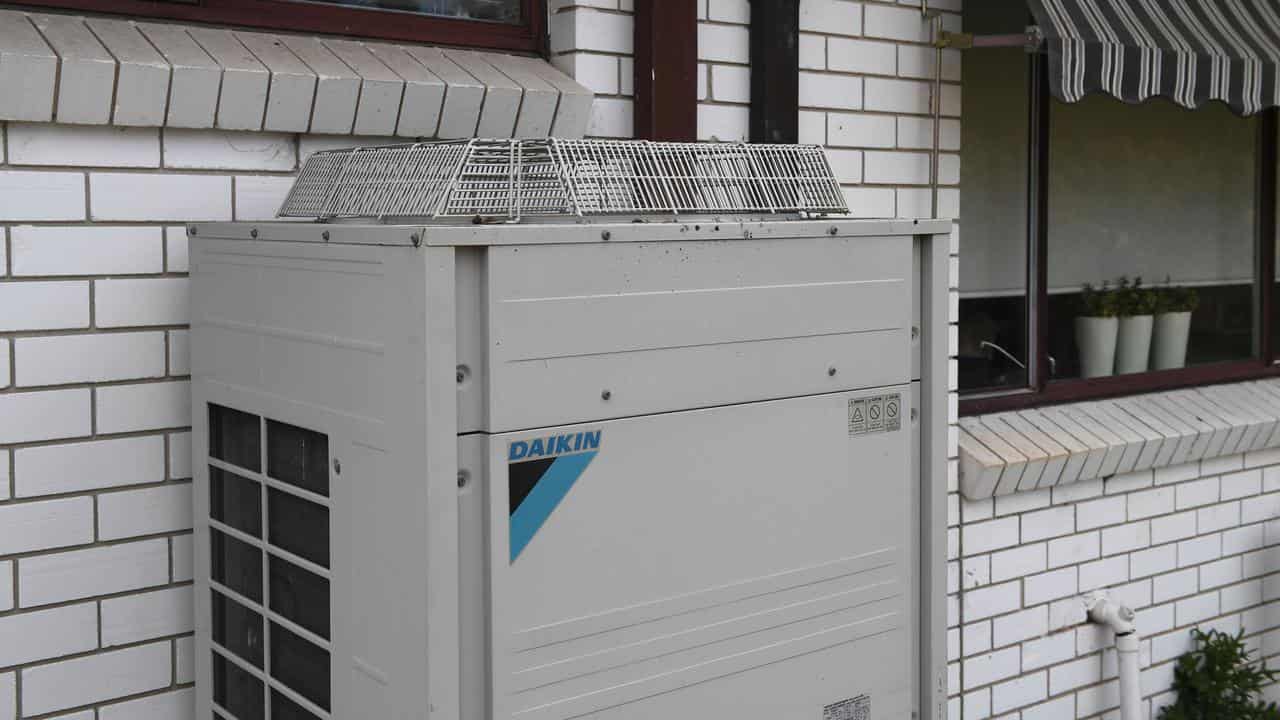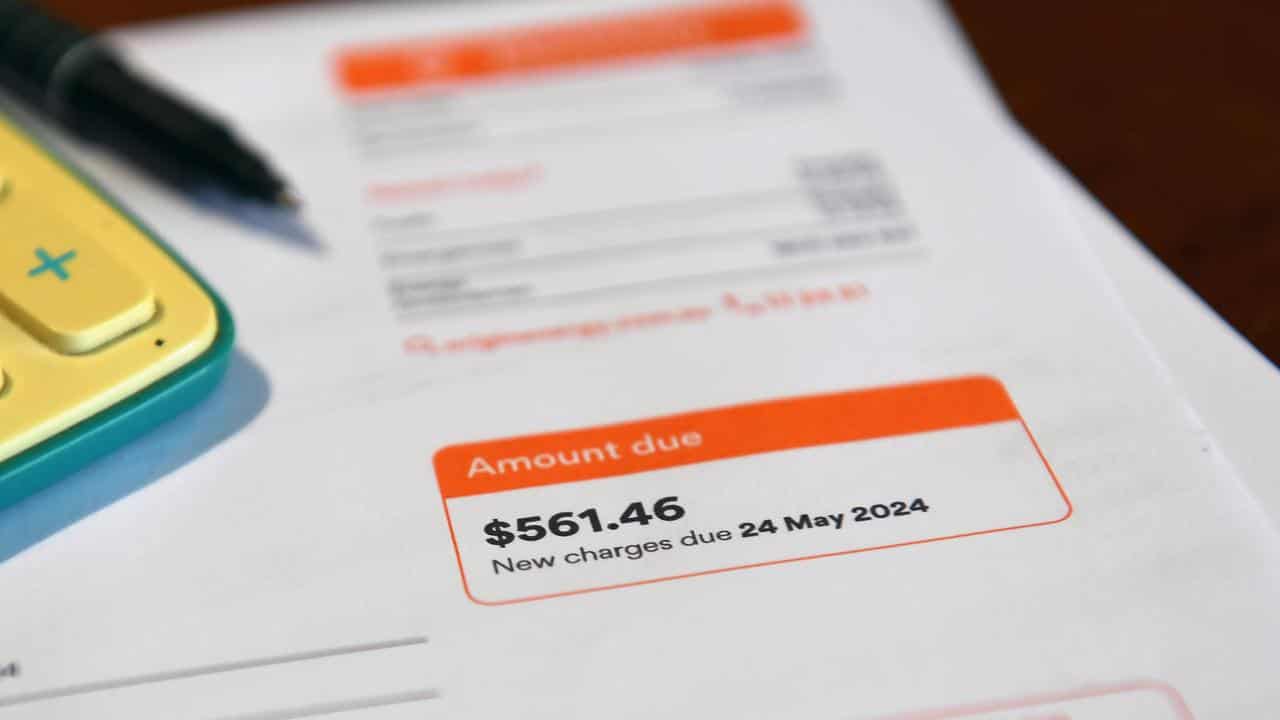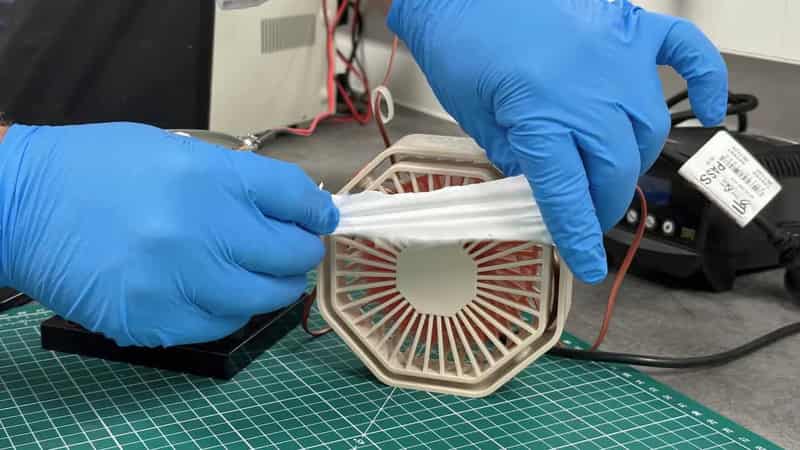
Air conditioners could be ‘packing’ an energy-saving secret in future after an Australian research breakthrough involving waste material and static electricity.
RMIT University announced the discovery on Tuesday, which researchers say could make the cooling devices cheaper and more environmentally friendly to use.
But the university will first need to identify industry partners to test the technology, which may be five years away from a commercial launch.

The discovery, unearthed in a collaboration between RMIT University and Riga Technical University in Latvia, relies on the material commonly used to pack electronic goods, known as polystyrene.
Australia produces about 30,000 tonnes of the packing material each year and much of it ends up in landfill, RMIT University research fellow Dr Peter Sherrell said.
"We’ve been trying to understand how static electricity works with polymers," he said.
“What we wanted to do is take this waste material and see if we could use the understandings we’ve developed about static electricity and turn it into a product that is actually useful."
Researchers dissolved the polystyrene using powerful chemicals, Dr Sherrell told AAP, and created a patch about the size of a compact disk made from many layers of the material, thinner than a human hair.
When exposed to movement, such as wind, the patch produced static electricity of up to 230 volts that could be fed back into an electronic device.

The material would not produce a lot of energy, Dr Sherrell said, but enough to make a difference on an electricity bill over time.
The patches could be installed on an air conditioner’s blades at the front of the machine or on a fan.
“What we’re talking about is trying to take somewhere between two per cent and five per cent of the energy demand that the air conditioner uses and feed it back in,” he said.
“It’s nowhere near powering the air conditioner by itself but lowering the demand on the grid and lowering the amount the consumer has to pay for electricity.”
The material may also be used in larger wind turbines in future, Dr Sherrell said, but the university would first seek partners from the air conditioning industry to test its creation.
The federal energy department estimates Australian households use as much as half of the electricity they consume on heating and cooling, and a Canstar survey of 4100 people found 40 per cent of household electricity was used to power air conditioners and heaters.









